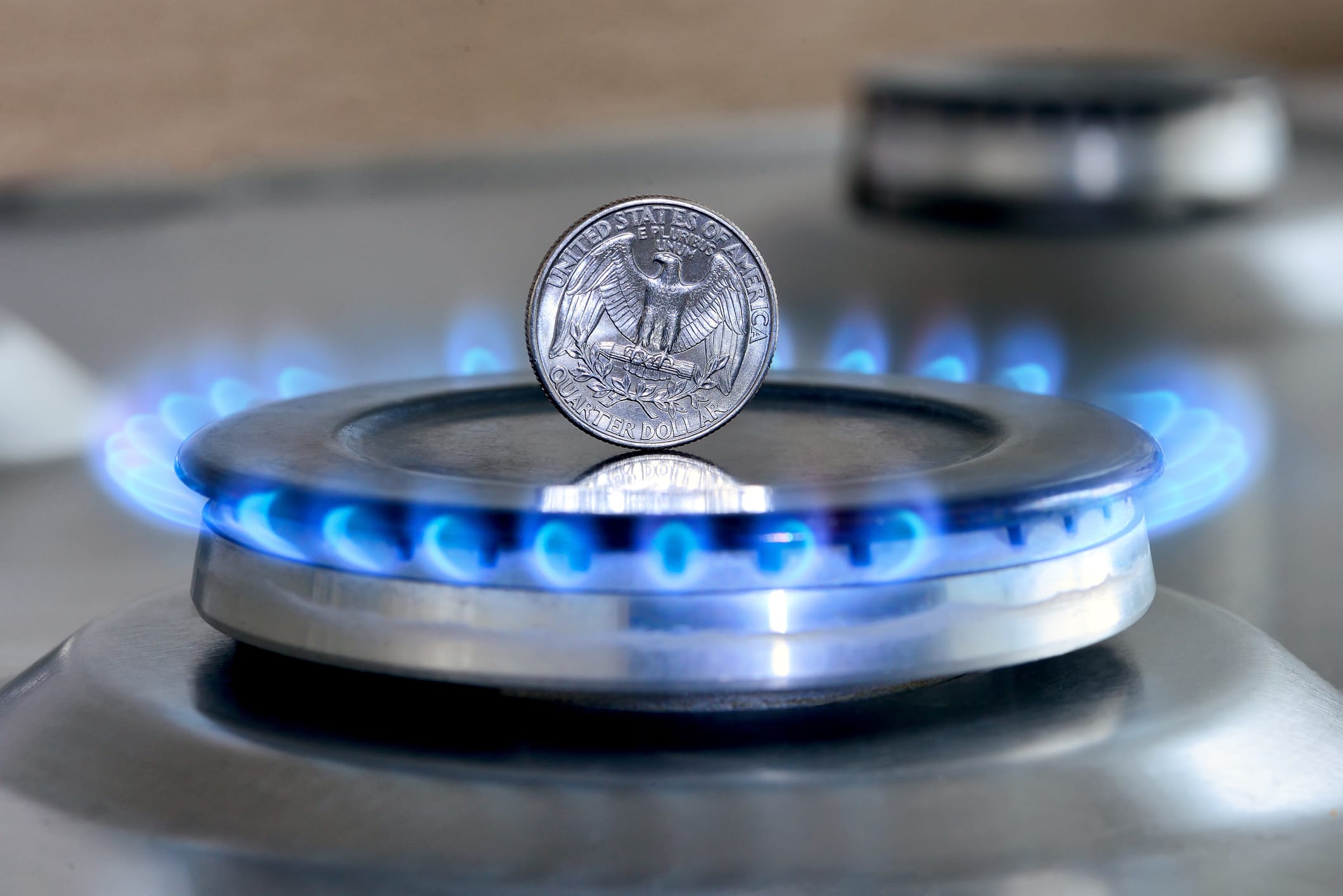It is hard to ignore the importance that commodity investment has taken on over the past few years. Land of the selected few in the past, it seems now that commodities have found their way into every portfolio.
But the space is getting crowded. For instance, the growth of funds and exchange-traded funds, while making commodity investment more accessible to individual investors, is by no means a straightforward investment tool. Pitfalls and misconceptions are numerous, and while spotting an investment opportunity is one thing, structuring a trade is another. The concept of going “long” or “short” on a commodity is not as easy as it seems—as I will explain below.
Consider natural gas in the U.S., which characterizes well the boom-and-bust cycle typical in commodities. After a period of scarce supply, the development of new drilling and extraction techniques from gas shale has greatly increased supply. This increase, along with the impact of the financial crisis, caused a large glut of natural gas in the country. Spot prices peaked in July 2008 at over $13/mmBtu and declined to nearly $2.5/mmBtu in September 2009, when gas storage reservoirs in the U.S. were filled up to capacity. This was a good entry point for any “long” investor: $2.5/mmBtu was a multi-year low and, being on the cusp of the winter season, the downside in prices was limited.
If you had spotted that investment opportunity, how would you have structured the trade in order to replicate a bet on spot prices and take a “long” position? What would your options have been?
One problem is that unless you own physical assets—i.e., the underlying commodity—you cannot trade on spot prices. For instance, let’s assume we are in September 2009. If you had access to storage capacity, you would have been in a position to purchase natural gas on the spot market, store it and release it back later when spot prices were higher. This would have been the most efficient way to capture spot prices. However, the level of sophistication required to, first, own or rent storage units, especially in September 2009 when they were nearly all full (one reason why spot prices were so low) and, second, execute the trade is beyond the reach of the average investor.
Another option would have been the public equity market. You could have purchased public shares of natural gas producers. Unfortunately, you would have gained exposure to factors such as management performance, quality of physical assets, equity market sentiments, etc. Those factors add quite a bit of noise to your trade, which is not desirable.
The other options would have been to invest in an ETF or directly purchase your own futures contract. However, issues like contango, premium price embedded in ETF, etc., would have threatened your trade—and this is what I will explain in detail in my next blog.

























